Tri-colored heron
Little Blue Heron
Wood Stork
Snowy Egret
Great Egret
Great White Heron
Glossy Ibis
Great Blue Heron
Great Blue Herons, Ardea herodias, are one of the most recognizable birds in Florida. The heron’s height and beautiful blue-gray plumage are hard to miss. They can reach 54 inches from head to tail, have a wingspan up to 75 inches, but weigh a mere 5-6 pounds.
You will most often find a Great Blue Heron standing alone at the water’s edge in saltwater or freshwater habitats. Fish, turtles, frogs, insects, birds, and rodents that pass within the area of the heron’s long neck are quickly snatched up by its powerful, long beak. Herons will also forage in fields or grasslands for frogs, birds, and small rodents.
During the breeding season, Great Blue Herons and their mates become part of a breeding colony that can include hundreds of pairs. Breeding colonies of Great Blue Herons are most often found in trees that are within 2-4 miles of their feeding areas. They may also be seen in mangroves, bushes, or on the ground. Males court females who lay 2-6 eggs. The couple shares the responsibility of incubating the eggs for up to a month and feeding the hatchlings for up to 3 months.
While Great Blue Heron’s remain mostly monogamous and enjoy the protection of the colony during the breeding season, for the rest of the year, they are solitary birds and will aggressively defend their feeding territory.
Photo Credit: Dan Kon and Andy Waldo
Yellow-crowned Night-Heron
Yellow-crowned Night-Herons, Nyctanassa violacea, with their purplish-gray body, black-and-white face, and striking yellow plumes can be found in wet fields or shallow wetlands. They may be seen foraging any time during the day or night. You will most often discover this bird alone, although, at times, they may appear in groups.
Watch as they stand still or walk slowly with their necks extended in search of their favorite dinner of crustaceans. They may also eat frogs, small fish mussels, and water beetles.
Keep a keen eye out for this hard-to-find bird. While they are most common in barrier islands, coastal marshes, and mangroves, you may also find them inland near rivers, on golf courses, or even in your wet yard.
Yellow-crowned Night-Herons have been around for a long time. The oldest recorded fossil was discovered in Sarasota, Florida, and is 2–2.5 million years old.
Sadly, the Yellow-crowned Night-Heron has been designated a Species of Concern by Florida Rare and Endangered Plants and Animals.
Reddish Egrets
Reddish Egrets, (Egretta rufescens), can be found running and jumping in the shallow saltwater of Florida coasts. Estuaries, lagoons, and waters near mangroves provide a variety of small fish that are brought to the surface by the egret’s intricate dance of jumps, spins, and footwork with wings of 46-48 inches spread open.
A dark Reddish Egret is pictured here. You may also discover a white morph that has a mostly white body. They both have a black-tipped pink bill and blue feet and legs.
Reddish Egrets breed in mainland Florida between February and June. Breeding in the Keys and Florida Bay occurs from November to May. Both the male and female incubate three to four eggs for 26 days. The young leave the nest within 45-49 days after hatching.
Plume trading nearly wiped out the Reddish Egrets. The Reddish Egret is currently State designated as Threatened and is protected by the U.S. Migratory
Bird Treaty Act.
Today, the Reddish Egret population may be in decline once again. Development, degradation of habitat, loss of genetic diversity, human disturbance, and predators are cause for concern.
You can be their voice. Advocate for clean water and the protection of land where Reddish Egrets call home. Respect their right to share our state with us. Give them space, observe from afar, and be mindful of where you hike, boat, and play.
Flamingo (American)
American Flamingo
The American Flamingo (Phoenicopterus ruber) stands 3-5 feet tall with a wingspan of up to 50 inches. The bright pink color comes from a diet of snails, crustaceans, crabs, and algae. Without this specific diet, they would turn gray.
The most unusual thing about Flamingos is their tongues. The tongue is encased in the lower jaw and does not move. It squeezes mud through structures in the bill called lamellae. Lamellae act as a strainer to extract insects, brine shrimp, algae, and other small prey.
There has been some debate on whether or not Flamingos are native to Florida. If they are spotted, they are usually considered escapees from captive flocks. During the 1800s, flamingos were considered native to Florida. John James Audubon came explicitly to see Flamingos on his 1830 visit to Florida. By the 1900s, Flamingos had almost completely vanished. They were hunted for food, skin, and feathers.
Flamingos are wading birds and can be found around a water source. They have very long, thin necks and legs. Their heads are small, and their bills are large, heavy, and have a crook. Young flamingos have straight bills, but the crook develops as they age.
The Flamingo stands on one leg to conserve heat as their legs have no feathers. Conserving heat is also why they bury their heads in their feathers. It also makes it easier to stand on one leg and reach down into the water with their bills to catch prey.
American Flamingos are monogamous. The flock will mate simultaneously so the eggs will hatch collectively. The flock protects the young from predators. The mated pair will make a mound of mud, and the female will lay one egg, which is between 3 to 3 1/2 inches long. It hatches in 27 to 31 days. Hatchlings are born white and turn pink within two years. Both parents produce a crop of milk in their upper digestive tract, which they feed to the young until they begin to eat solid food.
Florida has removed Flamingos from the non-native list. Hopefully, flamingos will regain their native species’ status and become subject to federal and state protections.
Conservation efforts to protect Flamingos will be necessary to ensure these birds continue to survive even as they face increasing threats from habitat loss, pollution, and invasive predators. This historical population is in the very beginnings of a recovery. When we work together, we will ensure American Flamingos will not become extinct.
Photo Credit: Paul Waller Natureboy Photography and Lynn Marie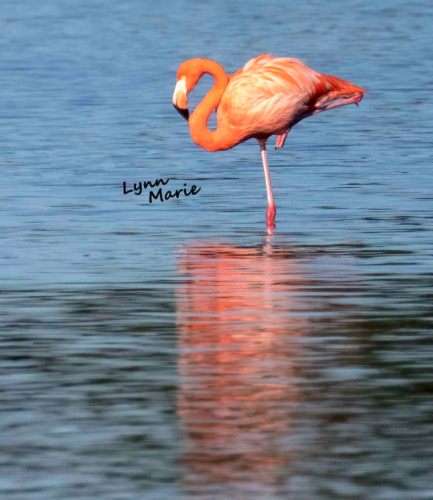
Green Heron
The Green Heron (Butorides virescens) is a solitary, secretive bird. They inhabit coastal areas, mangrove swamps, freshwater ponds, and wetlands.
Green Herons stand with their bodies stretched and horizontal, ready to thrust their bill into prey. They use twigs, berries, and feathers as bait. They drop the bait into the water and wait for it to attract prey. Fish are the primary food, but they also eat aquatic frogs, crustaceans, insects, grasshoppers, snakes, and rodents.
Nests are constructed near water. The male begins building the nest, and the female finishes it. The female lays 3-5 eggs, and both Mom and Dad incubate the eggs for 19-21 days. Once hatched, both will feed the young with regurgitated food. The young learn to fly at about 23 days, but both parents will continue to feed the young until they fledge at about 30 days.
The Green Heron is a dark-colored, stocky bird. They have a dark neck, gray belly, and a greenish, blue back. The upper part of the bill is dark, and the legs are bright orange. Green Heron populations seem to be stable but accurate numbers are difficult because of its secretive nature.
For the Green Heron, the protection of wetlands is especially important.
Green Heron – St Petersburg Mangroves
Roseate Spoonbill
The Roseate Spoonbill (Ajaia Ajaja) is a dramatic comeback bird. Plume hunters had reduced the bird to just 25 in 1901. With the banning of the plume-hunting trade, Florida set a national example for preservation. By the late 1970s, there were nearly 1300 nests. This is an elegant, rose-colored, wading bird with a shovel-like beak. Spoonbills can be found in mangrove swamps, tidal ponds, saltwater lagoons, or other brackish water sources. The bird is 30 to 36 inches tall with a wingspread approaching 3 to 4 feet. Spoonbills have a white neck with pink or rose feathers covering much of its body. The feathers on their wings are bright red to magenta, depending on the age of the bird. The legs are pinkish red. The irises of the eyes of adult birds are bright red.A Spoonbill’s most distinctive feature is the greenish-gray, spoon-shaped beak. On the beak, the nostrils are located near the head, allowing the bird to breathe even with much of its beak underwater. Water must be present for feeding because they can not feed on land. They open their beaks slightly and begin to swing their heads back and forth in the water. This creates small whirlpools, and the vibrations of escaping prey are felt by sensors in the beak. The beak then snaps shut, not allowing the prey to escape. Their prey includes shrimp, crawfish, small fish, insects, and other small mammals. Their red color comes from the red algae ingested along with the crustaceans.
Males are slightly larger than females, but their coloration is identical. March through June is mating season. Spoonbills form mating pairs for the season but not for life. Females attract males by shaking branches with their beaks. The male approaches while nodding his head and attempts to perch next to her. Six days after mating, 2 to 4 eggs are deposited in the nest. Both males and females help incubate the nest and feed the young. The young Spoonbills leave the nest at 8 weeks. They reach maturity at 3 years.
“How can hope be denied when there is always the possibility of an American flamingo or a roseate spoonbill floating down from the sky like pink rose petals?”
Quote -Terry Tempest Williams
Photo credit -Dan Kon
White Ibis (American)
The American White Ibis is a very common bird. You may have seen a group of them passing through your yard using their beak to probe for insects. The males tend to be larger with longer beaks. They breed along the Gulf Coast, and when not breeding, they drift further inland and to the Caribbean. These birds are monogamous, and both parents help to take care of the young. Aside from garbage, the larges threat to these birds is methylmercury that leaks into the environment. This alters the hormones in the birds and interferes with their reproduction and breeding. Methylmercury concentrations are increased when waste and fossil fuels are burned. Reservoir flooding can also cause an increase. This chemical is neurotoxic and also inhibits part of the endocrine system. It prevents males from producing sex hormones that would lead to courtship behaviors. Courtship behaviors are significant in most birds. Without these behaviors, the females will not find an interest in the males, and reproduction will not occur. It can also lead to females abandoning their nests and reduced foraging.
Other threats include harvesting their food sources such as crayfish, hunting, habitat degradation, and other chemical uses. If you see these birds passing through, know that they will help your yard by removing pest insects. If you see smaller brown ibis, those are juveniles.

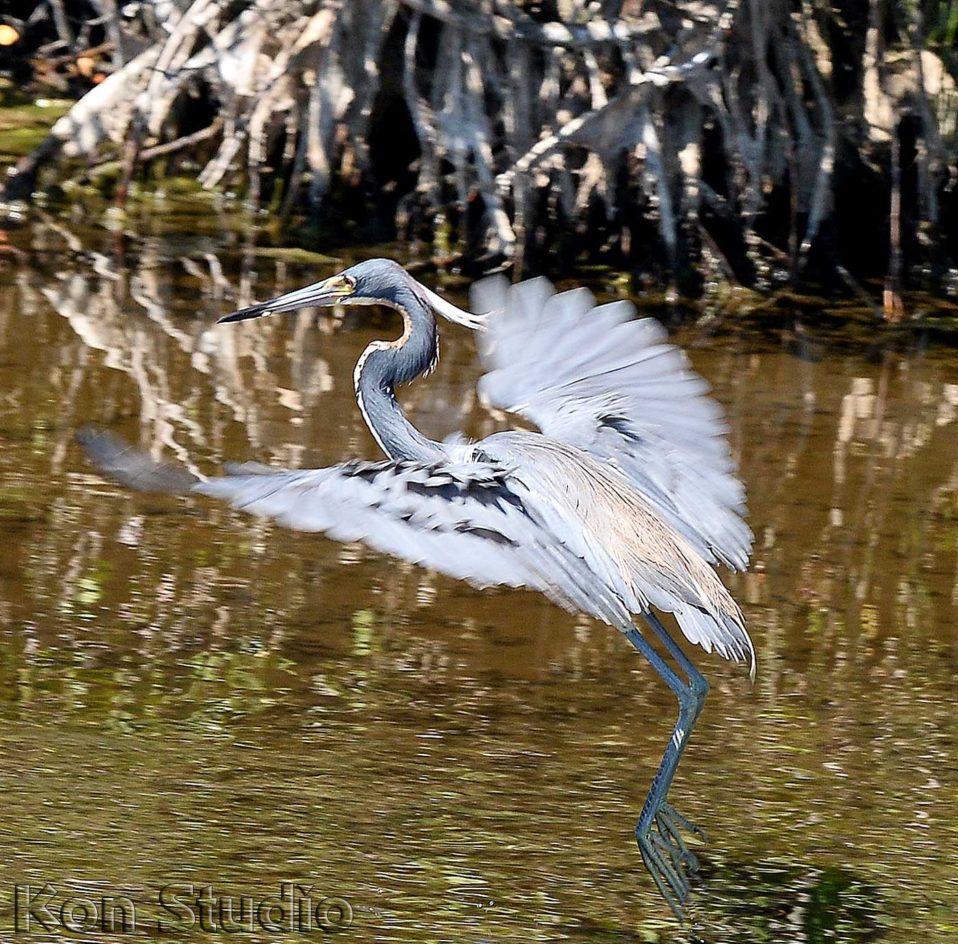
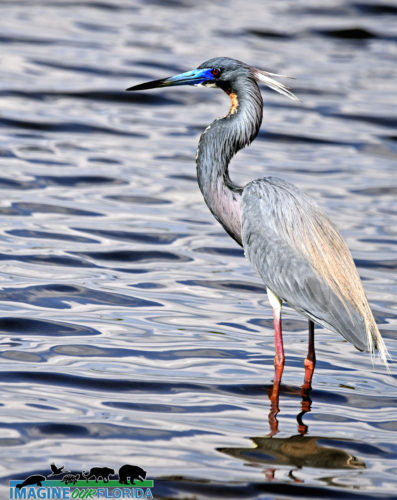
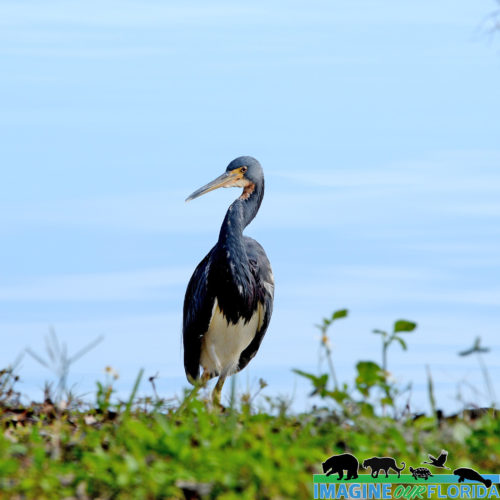
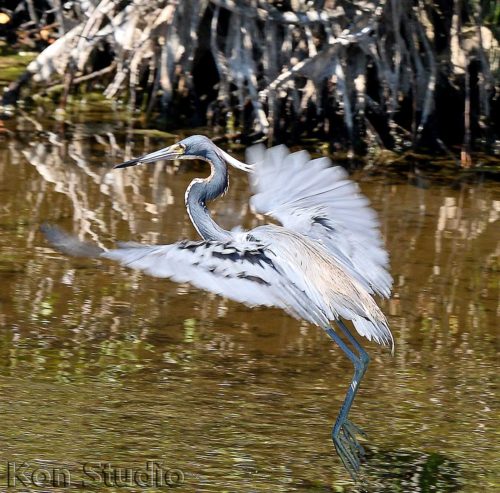
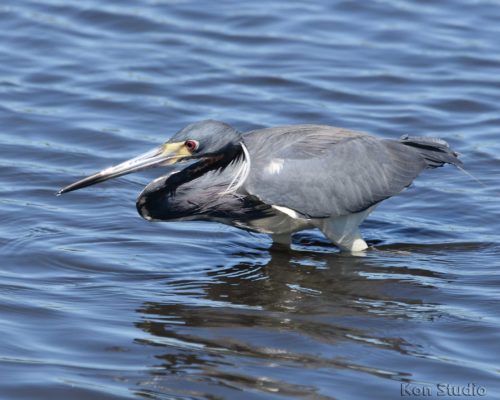
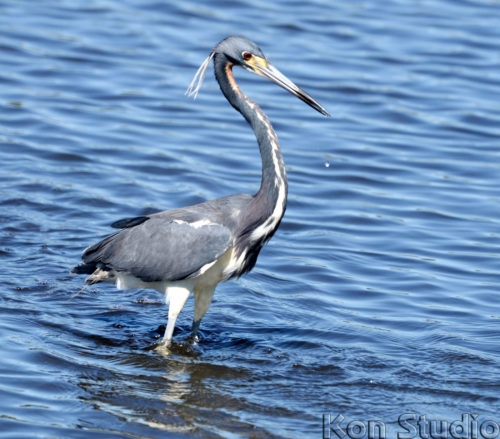
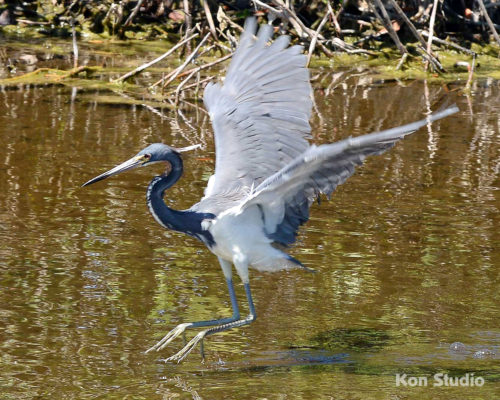
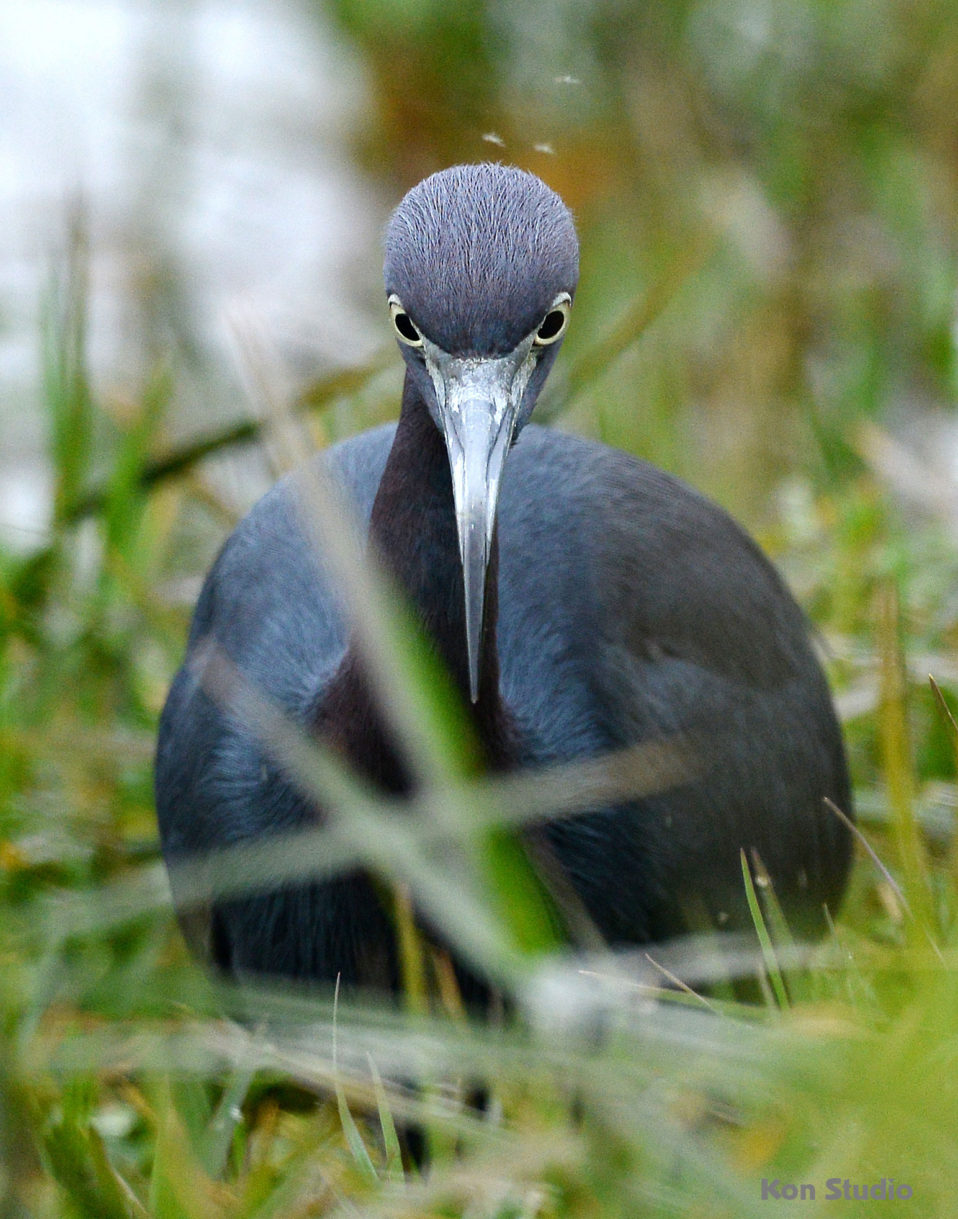
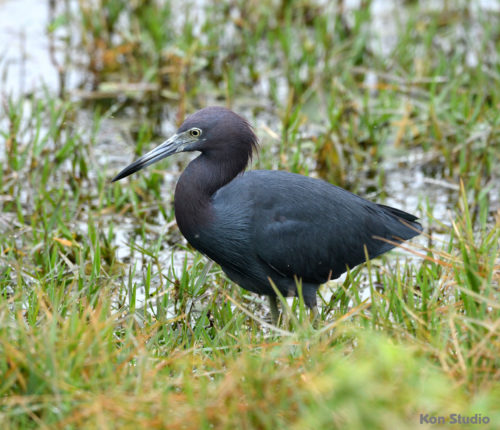
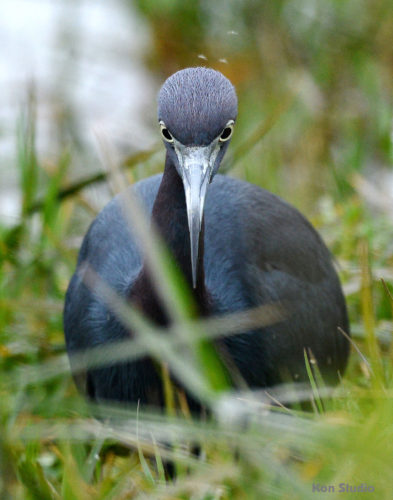
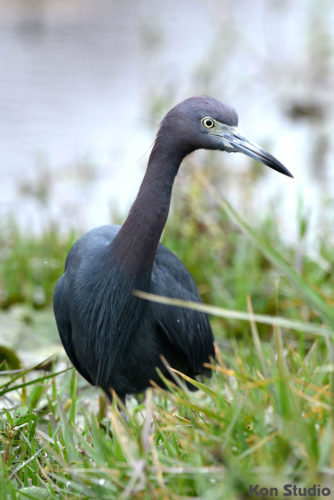
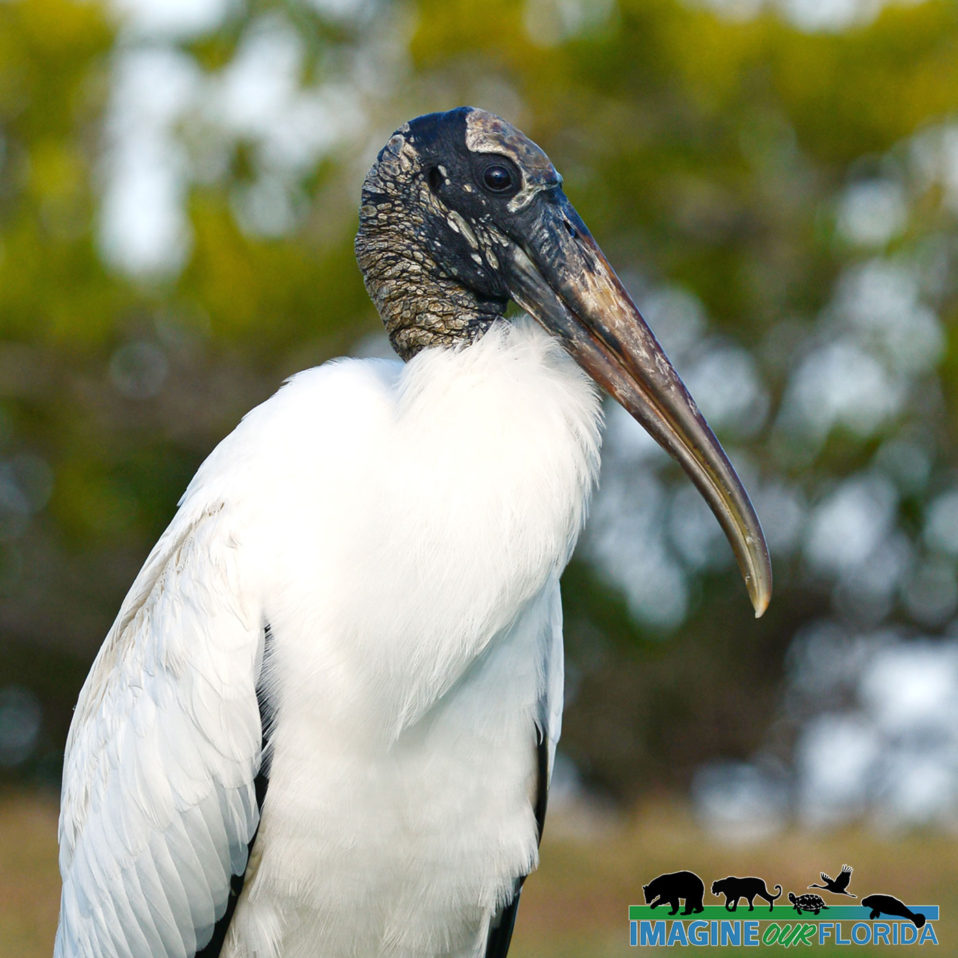
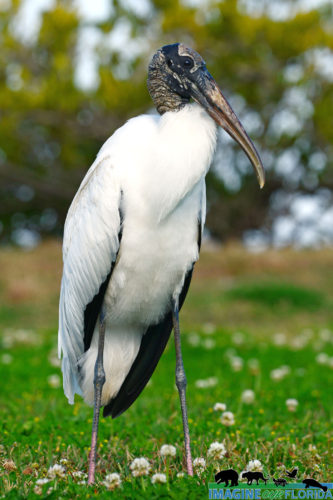
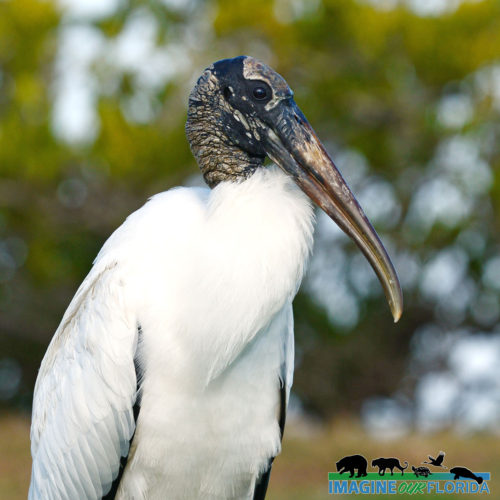
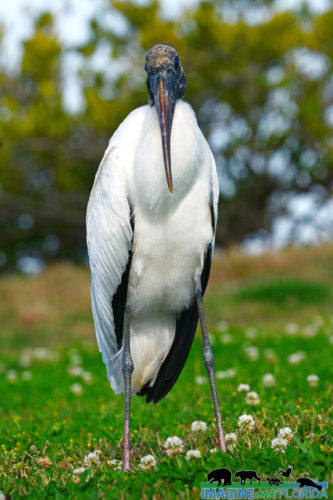
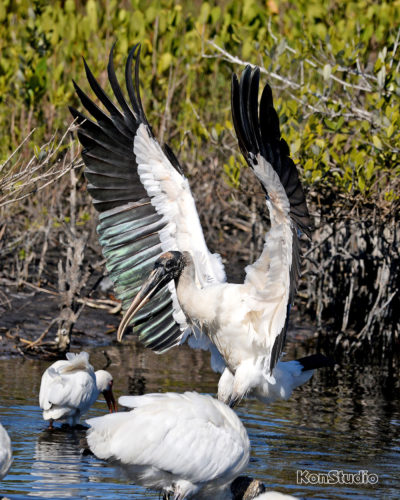
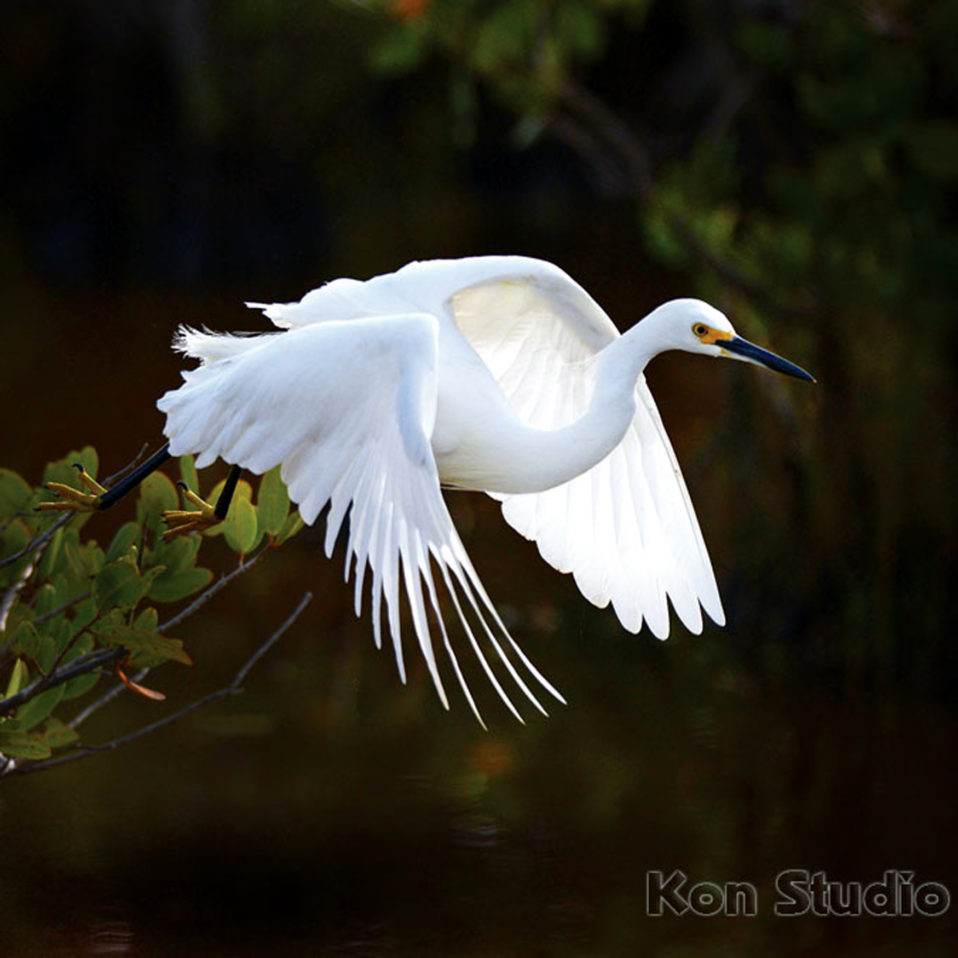
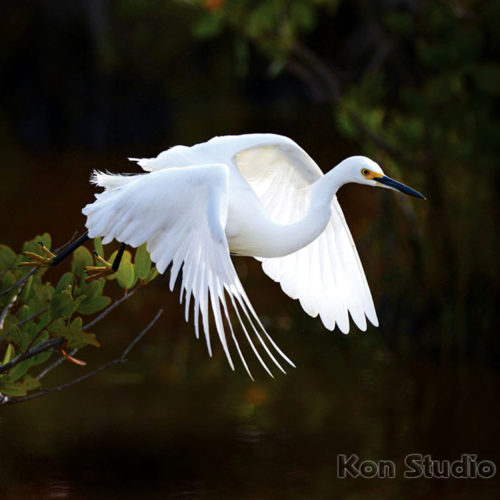
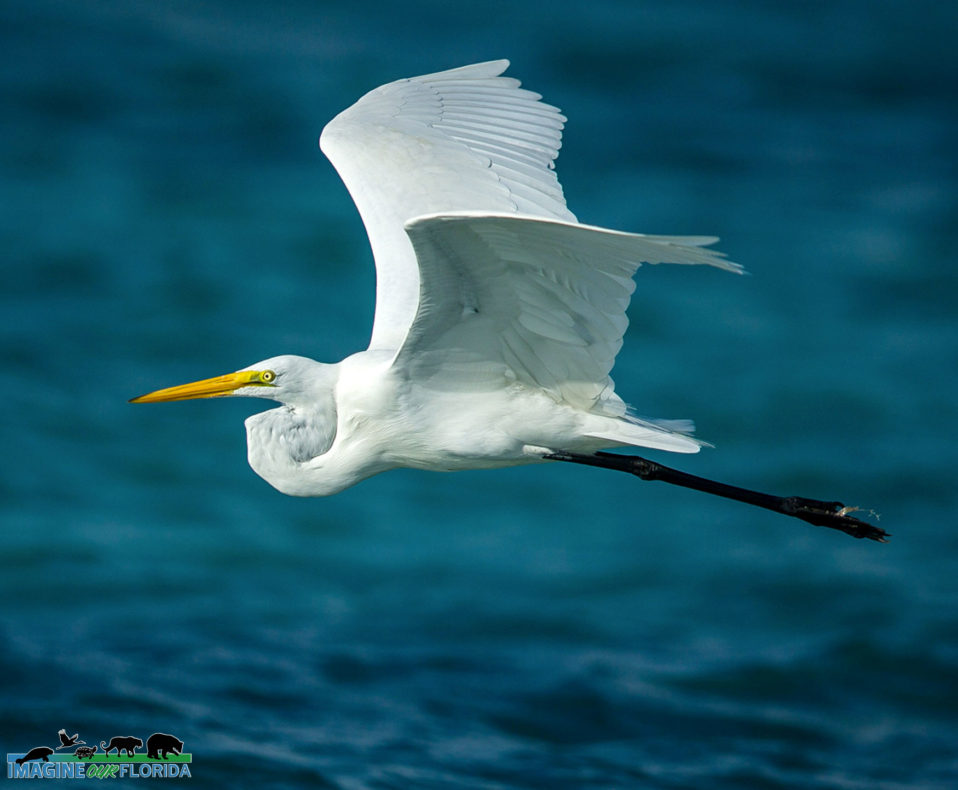
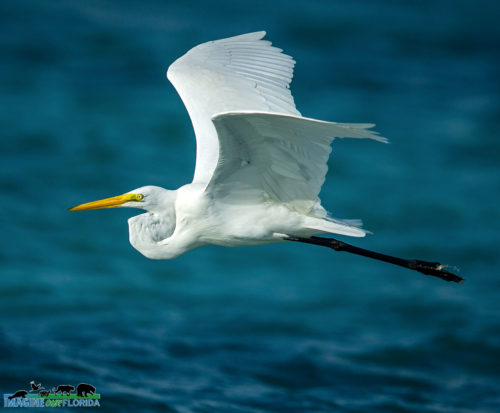 gr
gr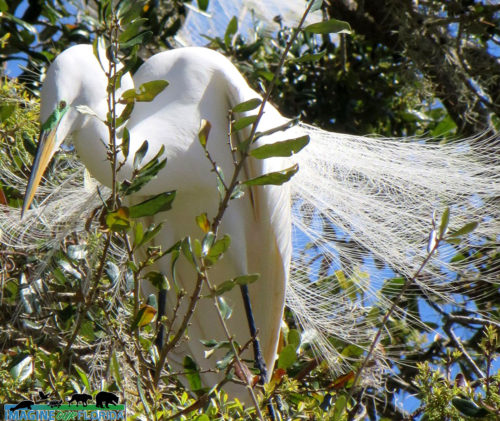
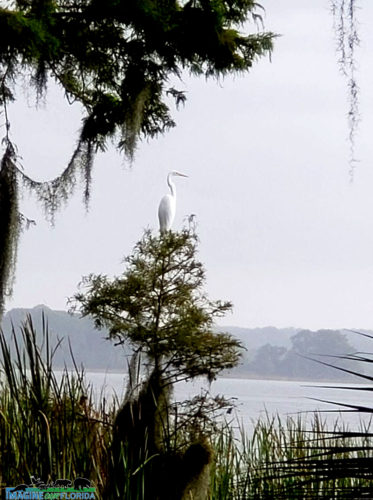
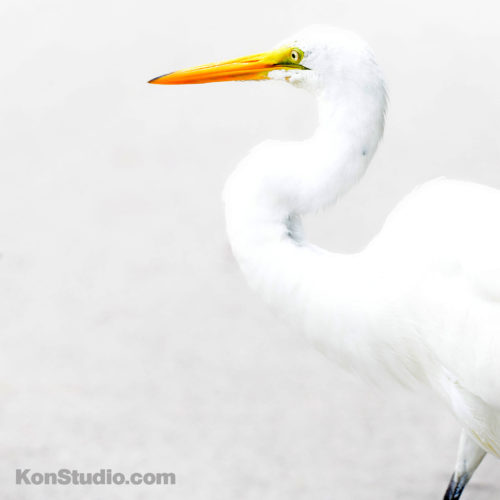 eat
eat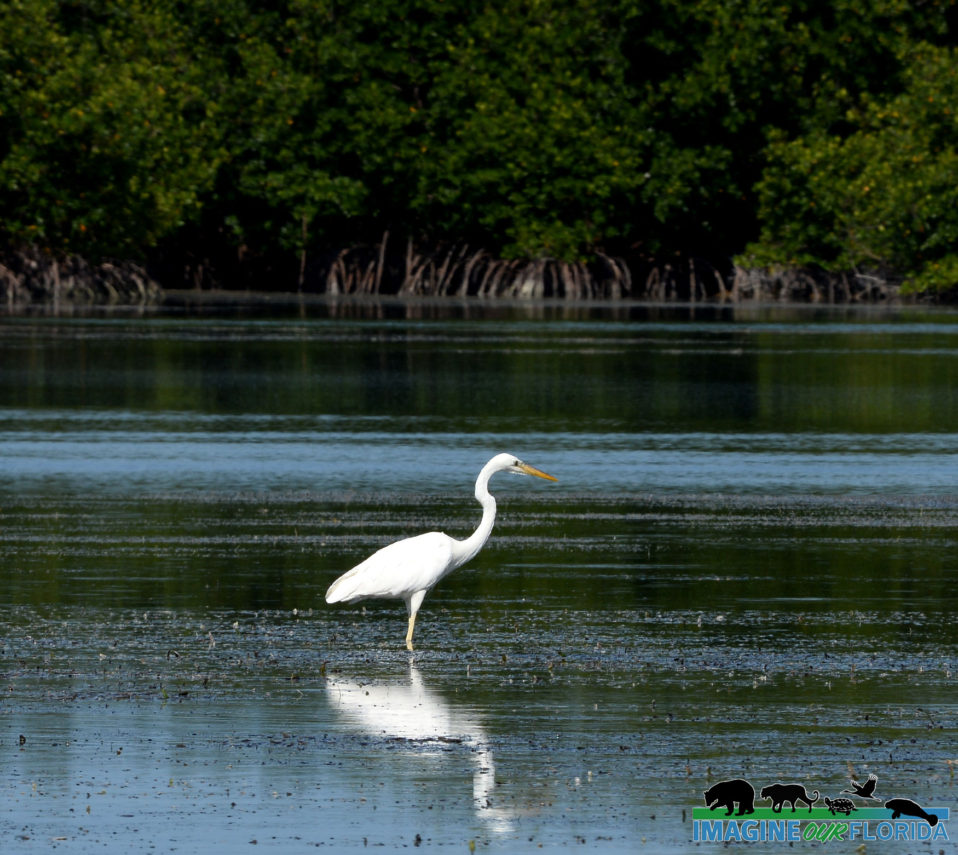
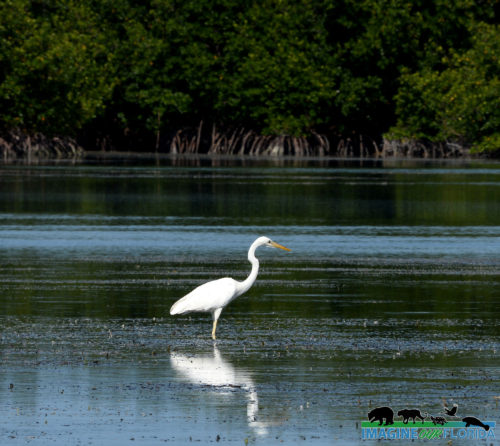
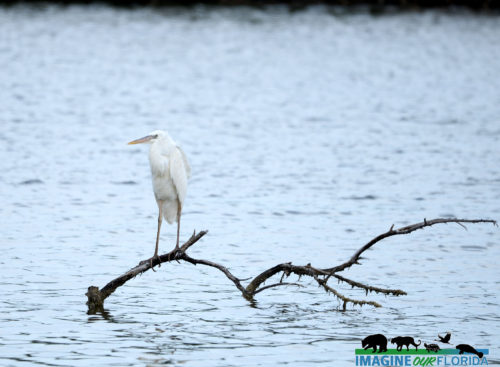
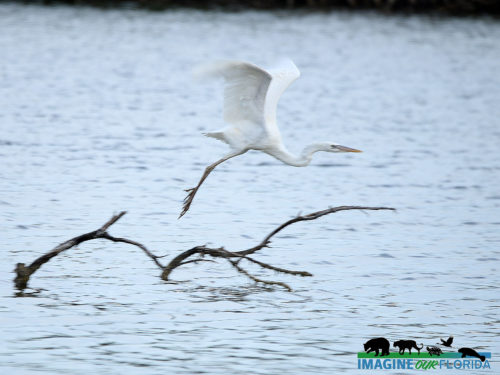
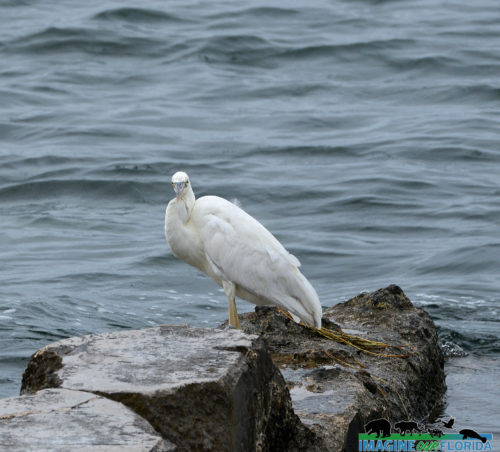
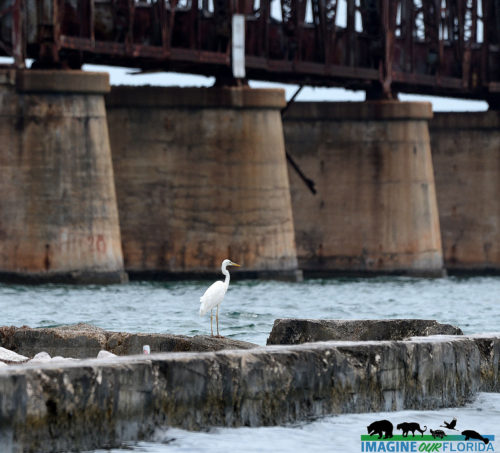
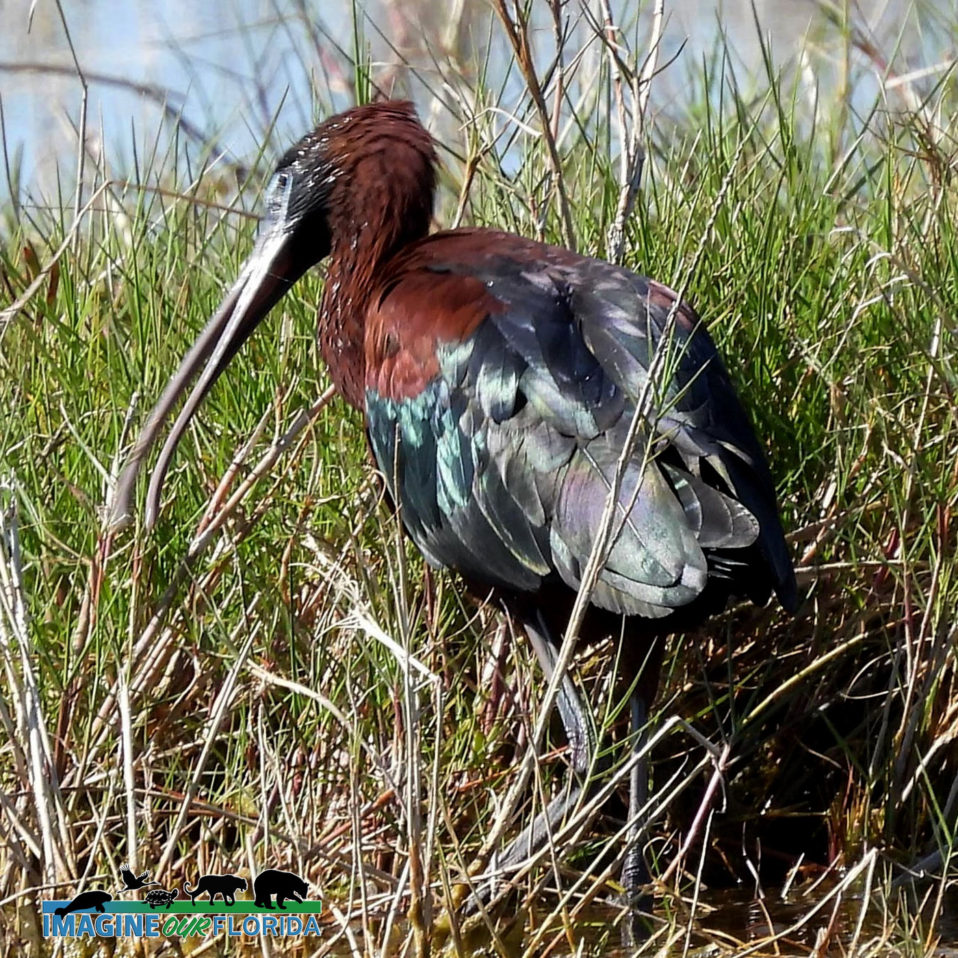
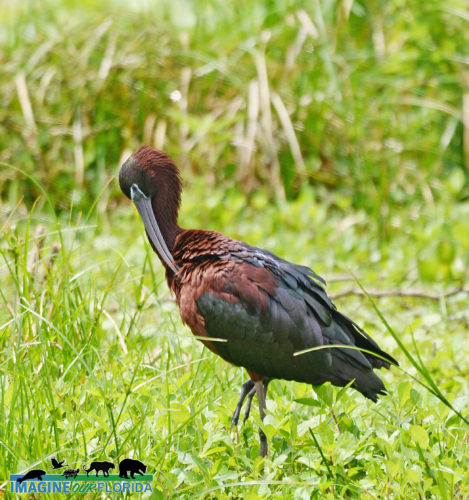
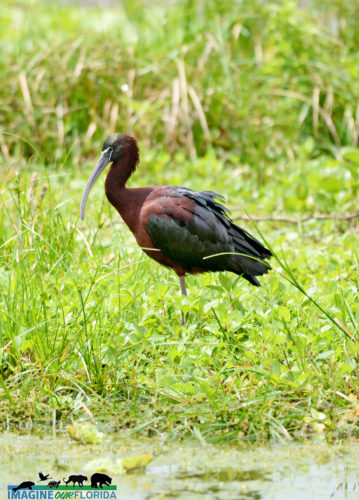
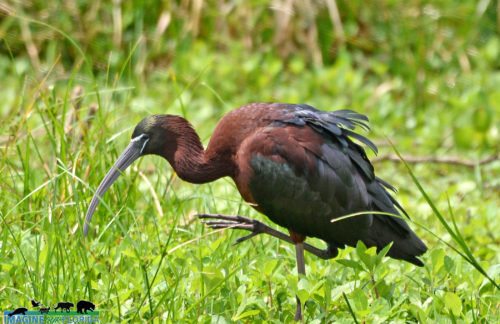
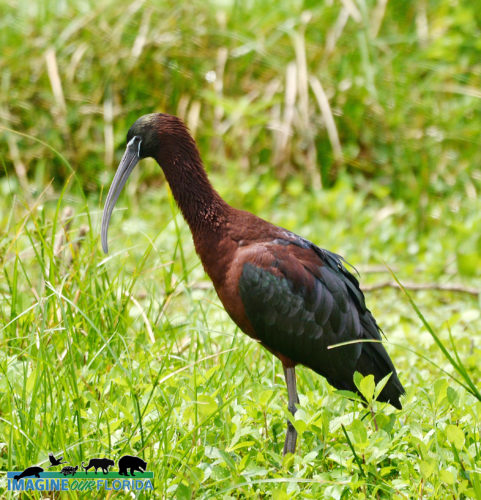
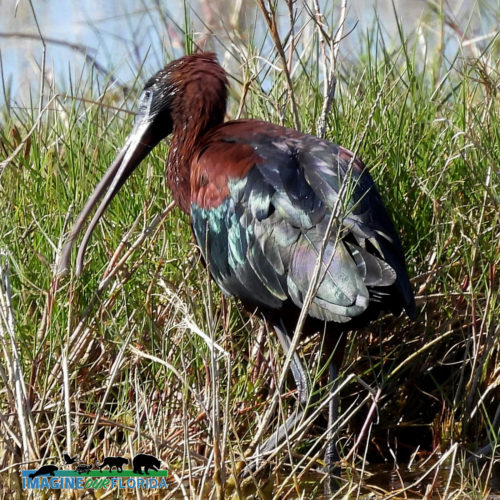
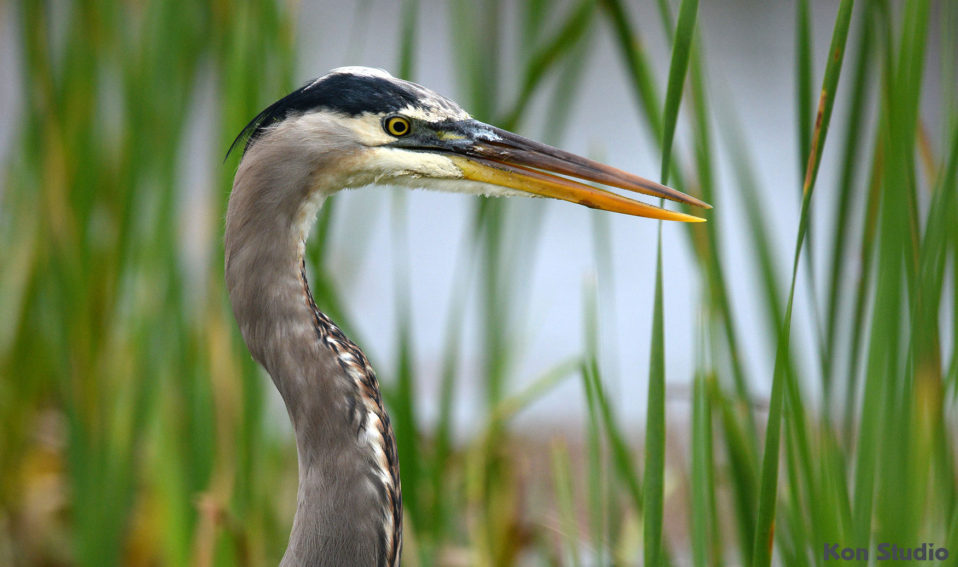
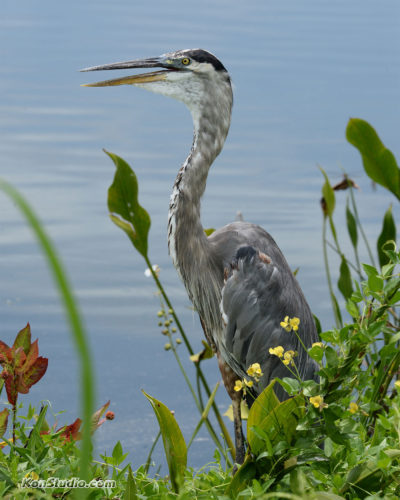
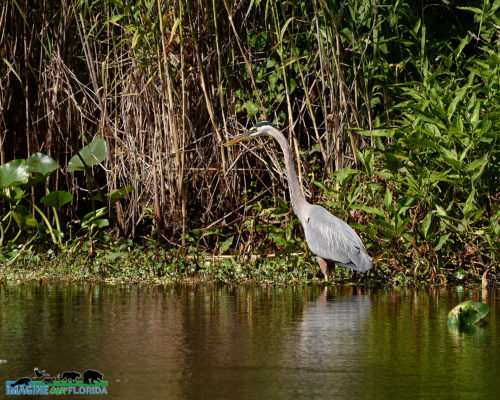
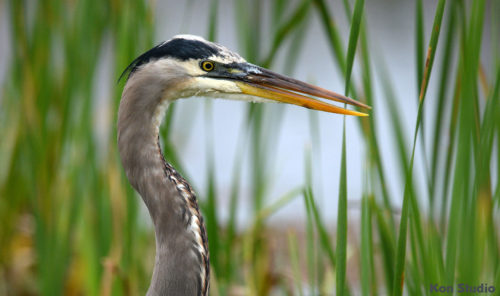
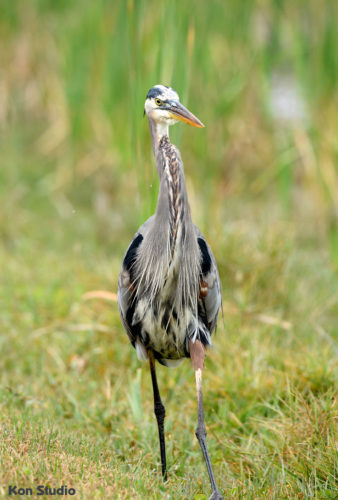
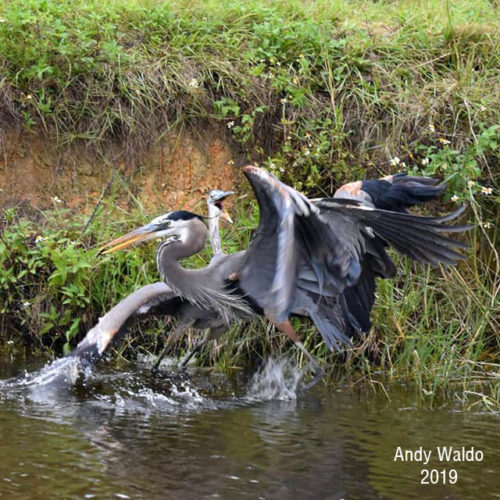
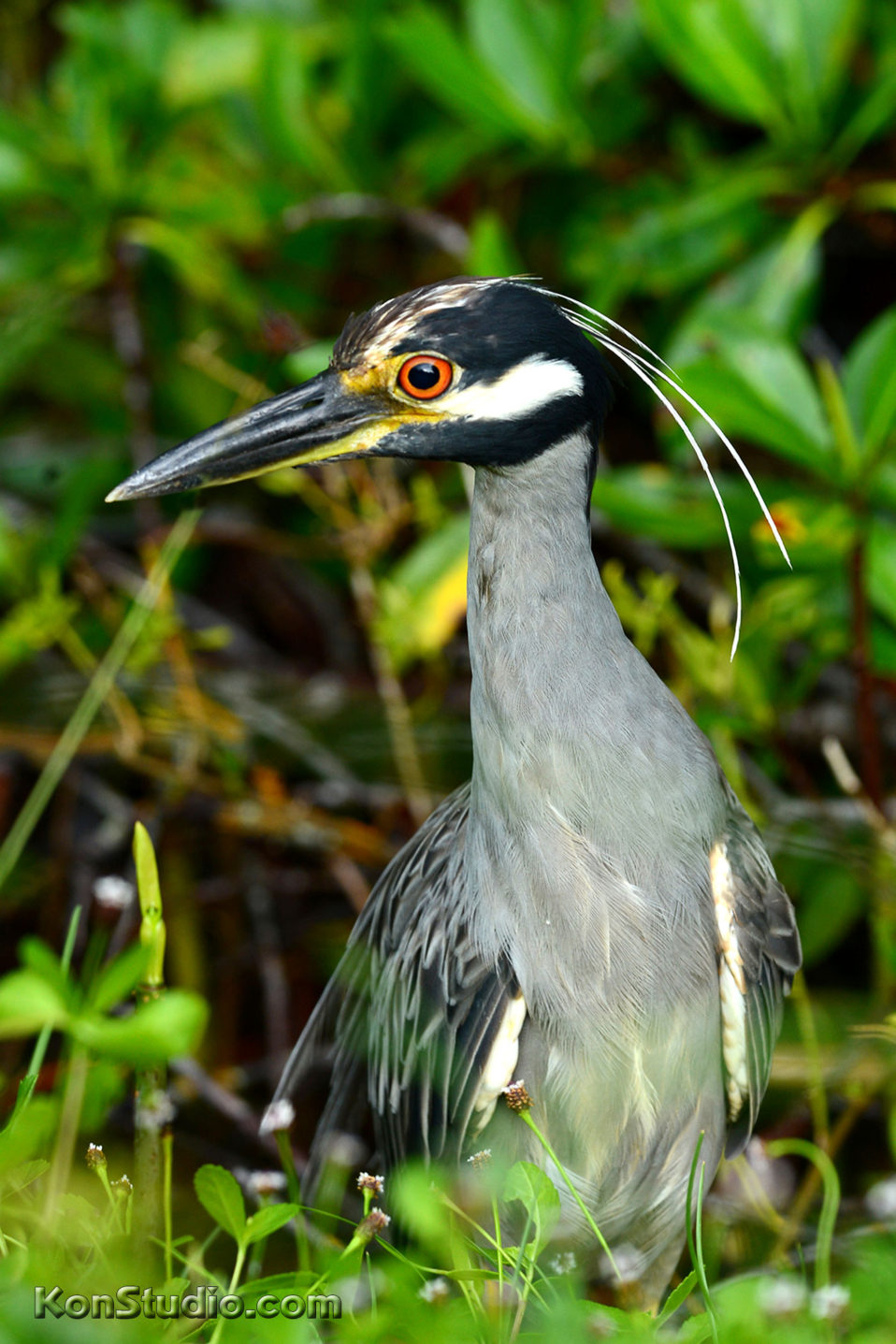
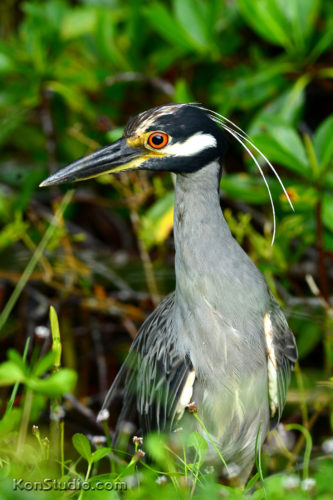
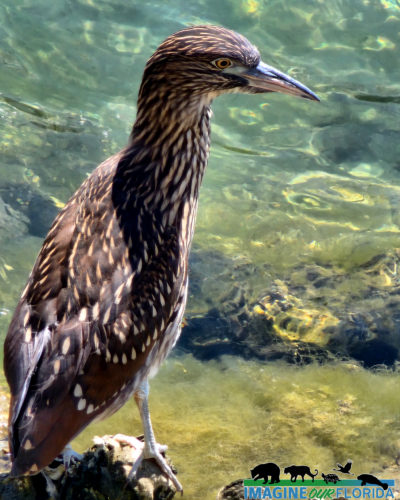
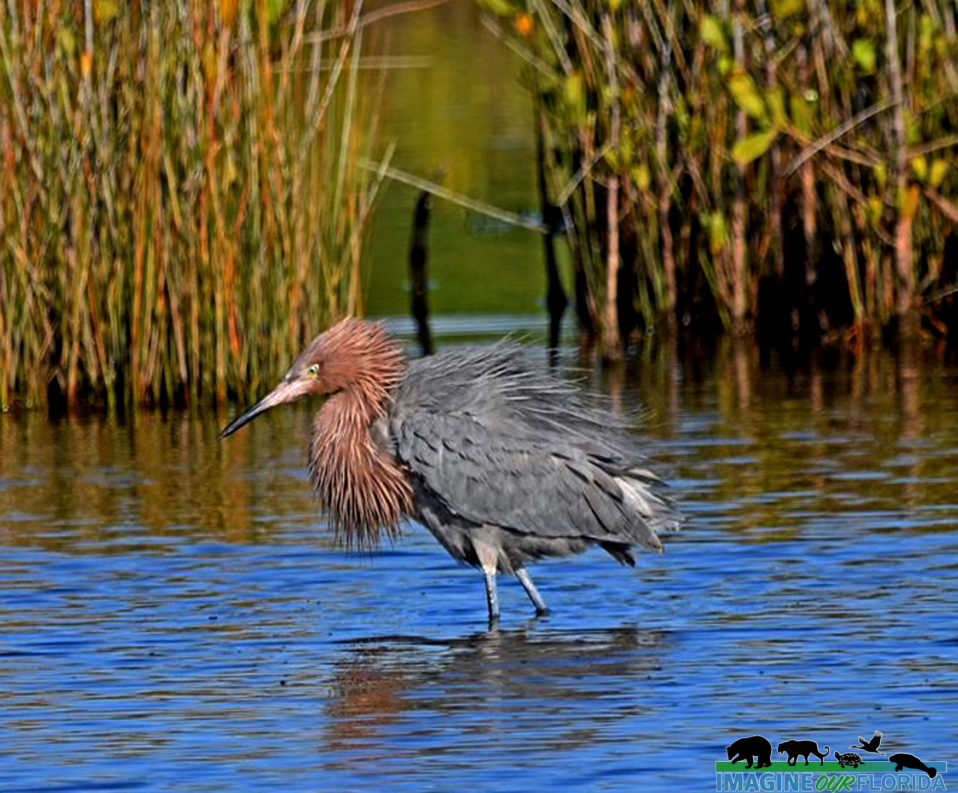
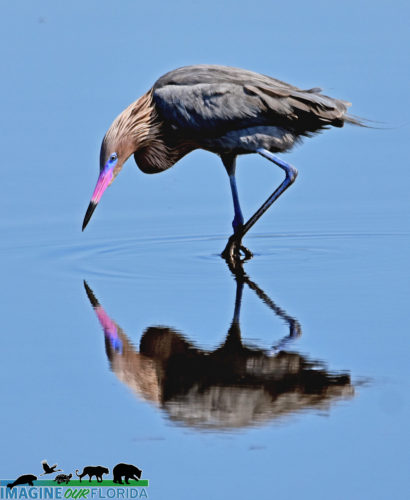
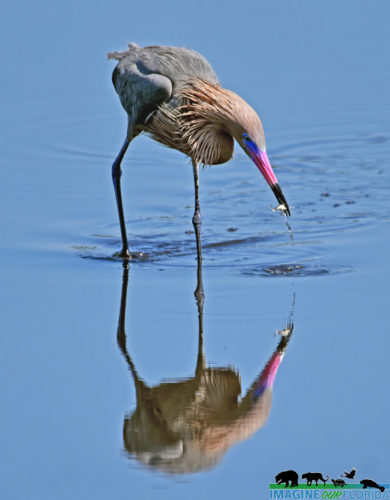
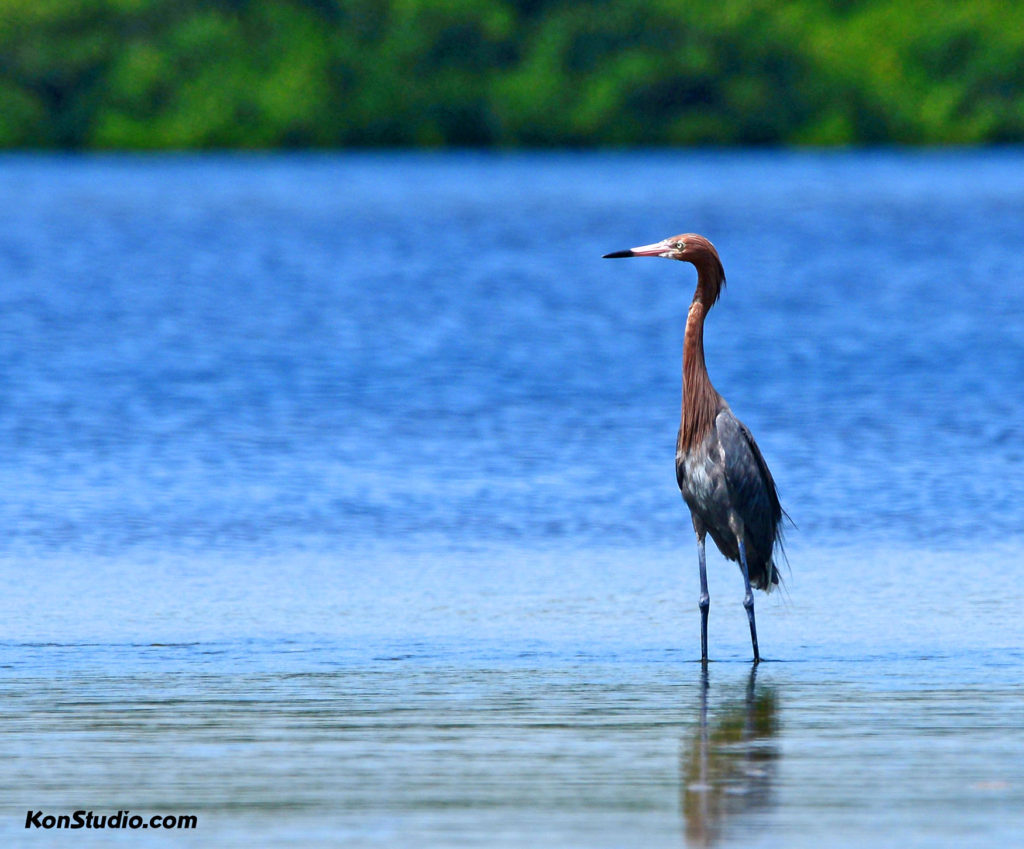
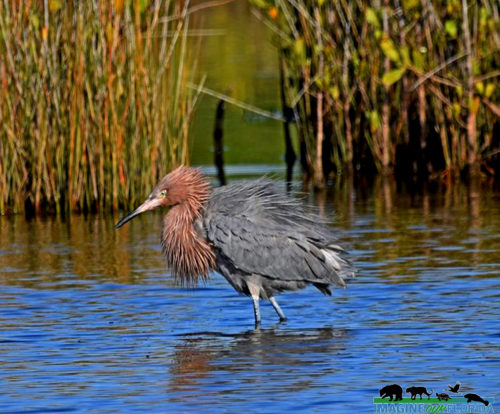
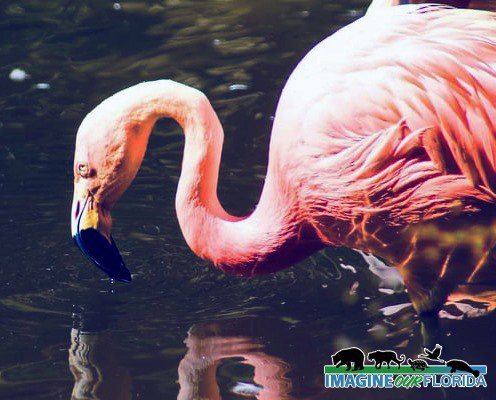
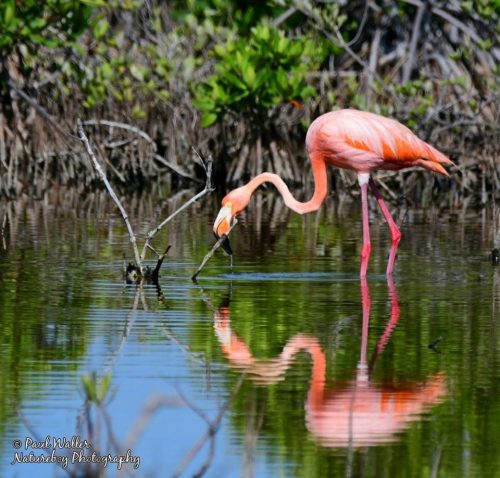
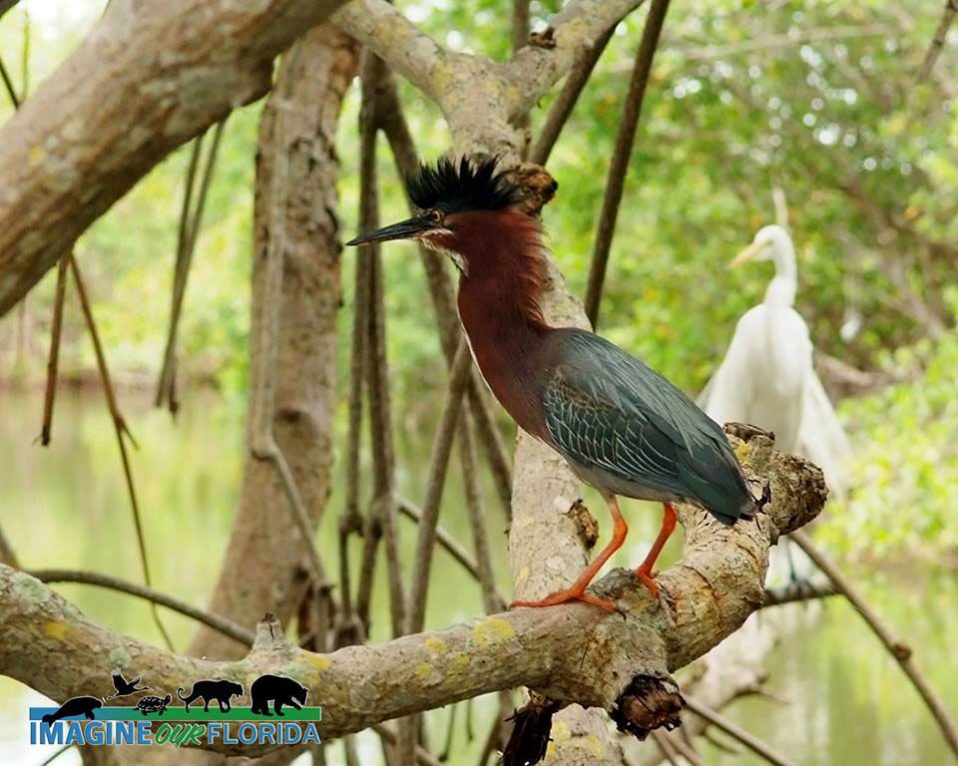
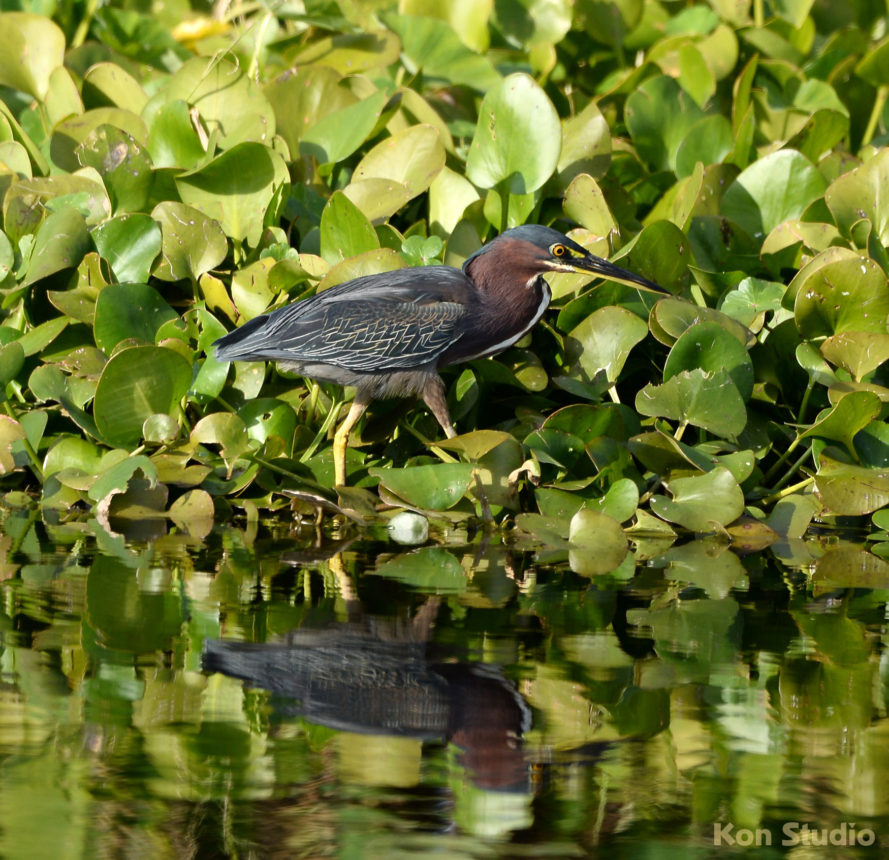
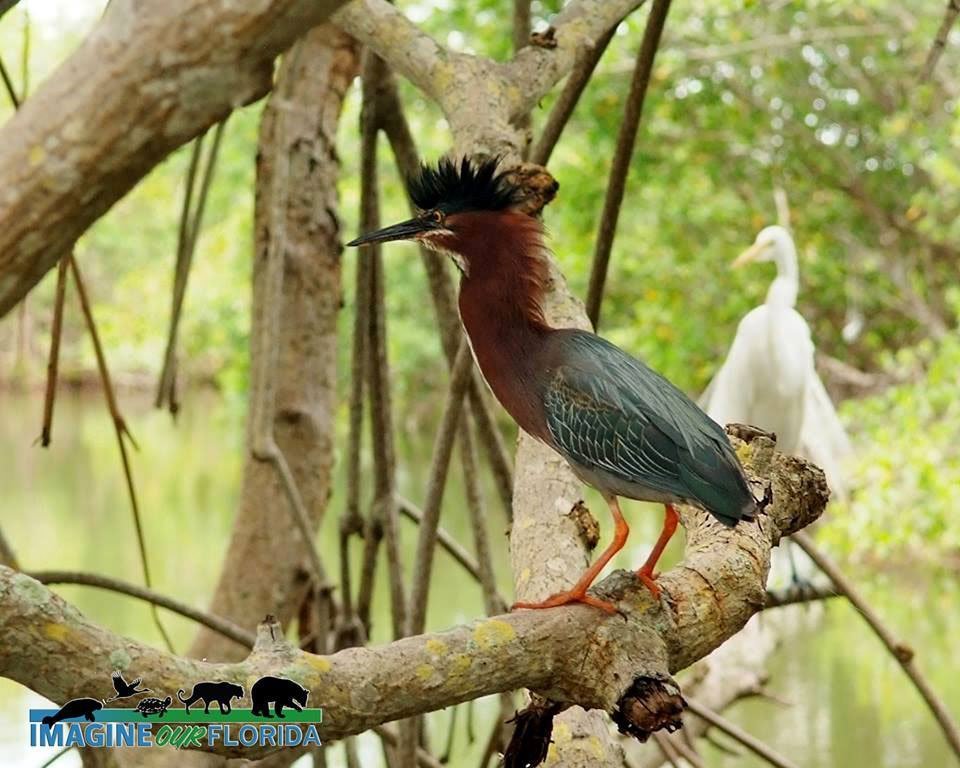
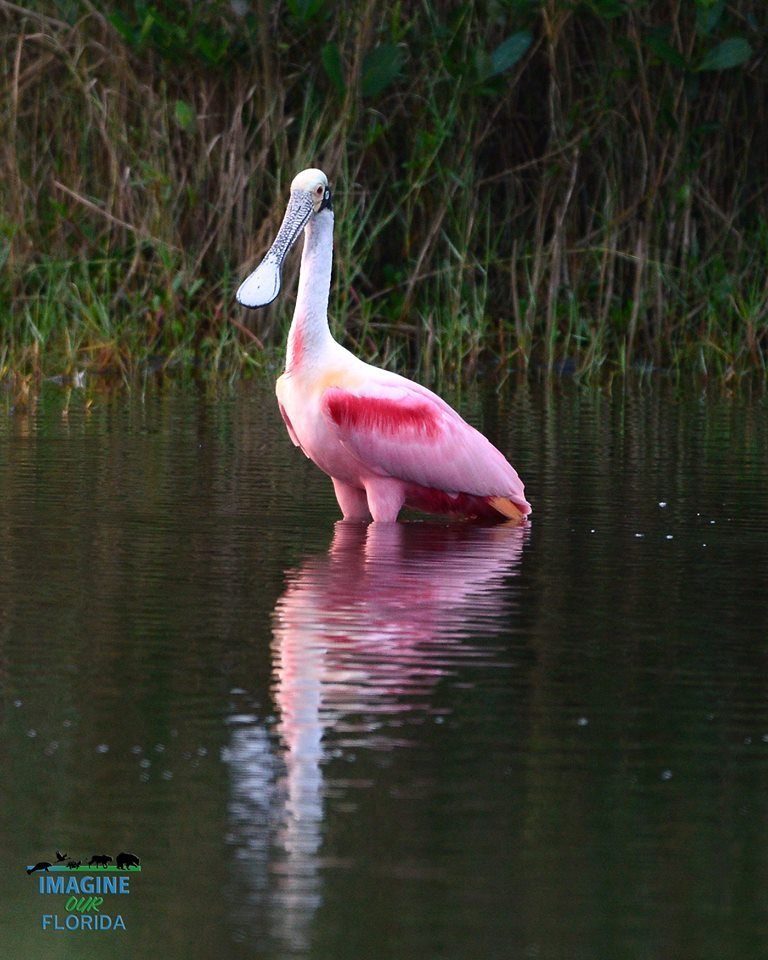
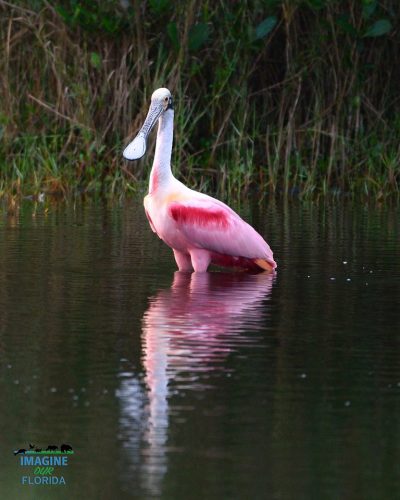
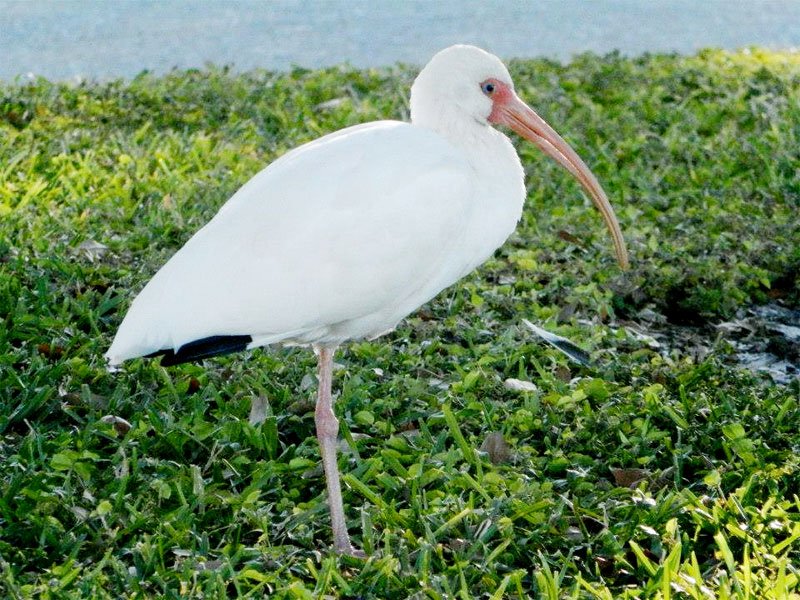
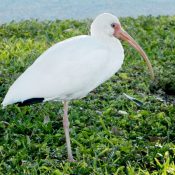
Recent Comments